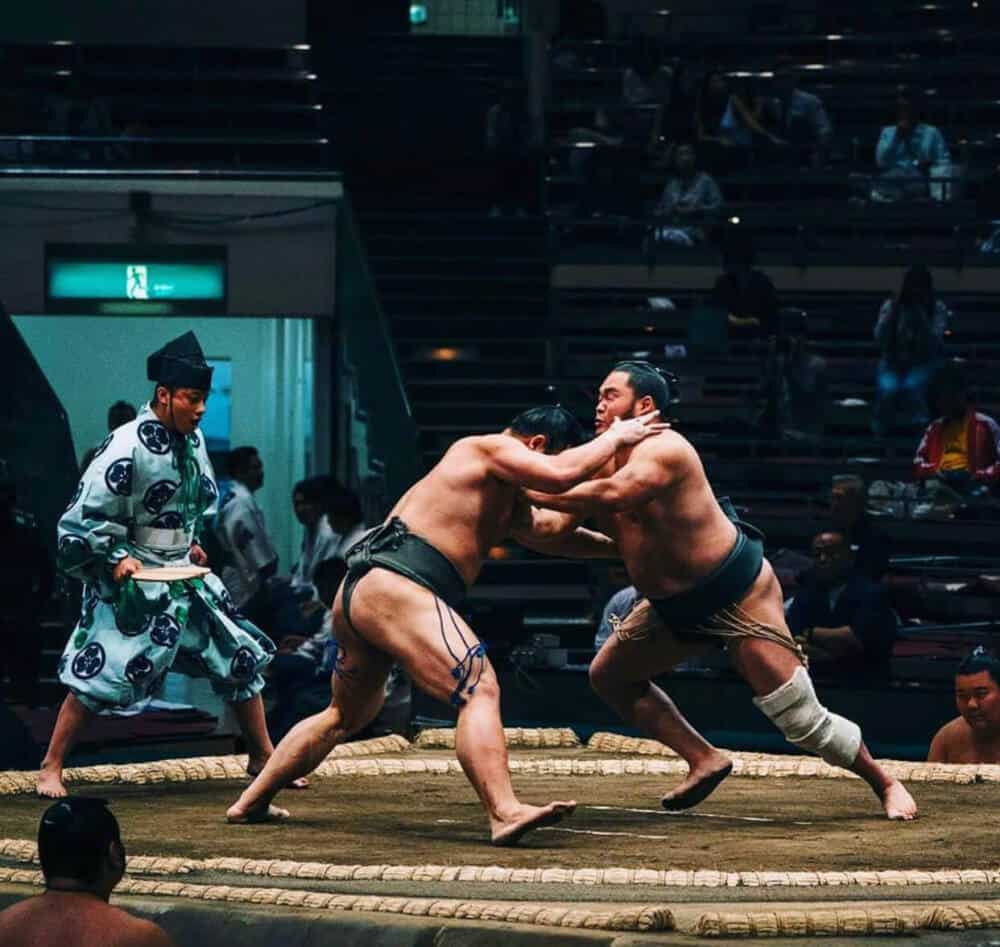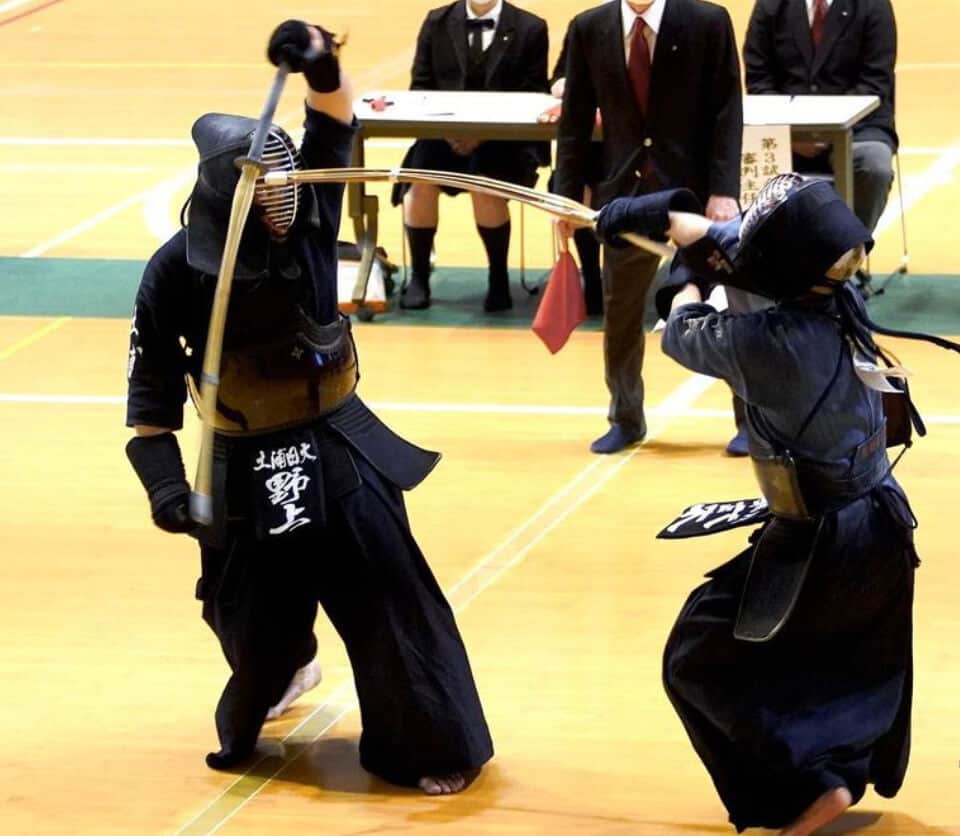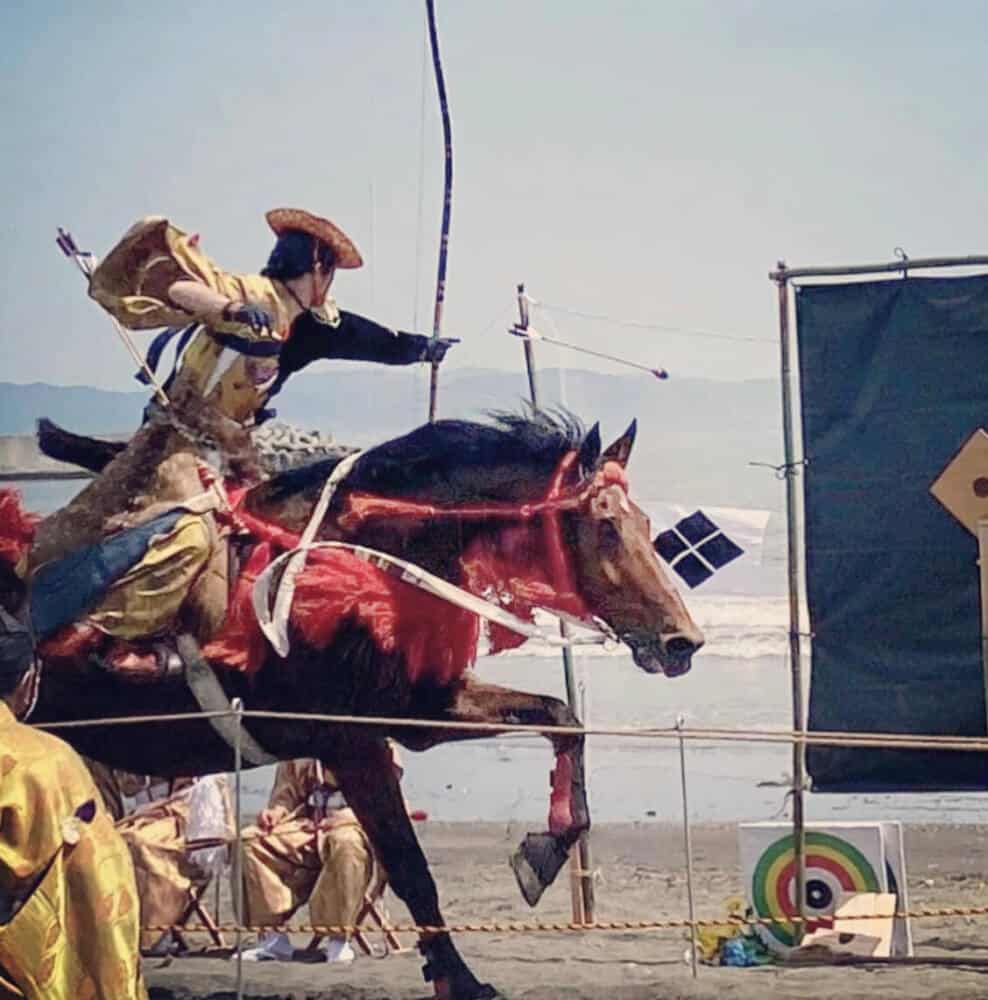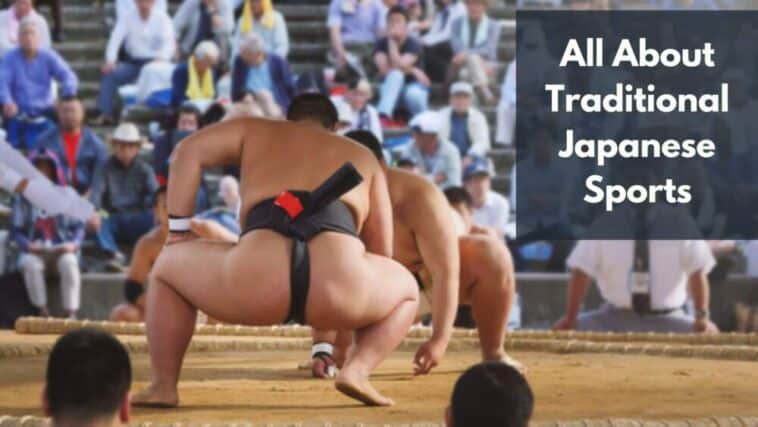Trace the evolution of traditional Japanese sports such as Sumo, Kendo, and Judo and their lasting impact.
Japan is a country known for its unique and captivating culture, very much of which is rooted in its historic and traditional sports.
From the martial arts of aikido and judo, to the catching of flying discs called kendama, Japanese sports have been around since ancient times and have given the Japanese people an opportunity to stay active and connected with their cultural history.
As an introduction to the fascinating world of traditional Japanese sports, this article aims to explore these sports, their roots, their components and the cultural implications they hold.

For centuries, traditional Japanese sports have held immense value to the country and its people as symbols of cultural identity, the identity of the self, and shared history.
These sports have evolved over time, but have remained steeped in the old traditions and customs of the country.
The popular martial arts of aikido and judo, for example, have the same underlying values and principles that have been around for centuries.
Not to mention the dozens of other activities such as kendama, karuta and top spinning that have kept the traditions of traditional Japanese sports alive and well today.
Page Contents
Traditional Japanese Sports
Japan is a nation of athletes and sports enthusiasts. Its vast array of traditional sports are beloved by citizens of all ages; sumo, kendo, judo, yabusame, aikido, and kar ate, just to name a few.
Sumo is arguably the most popular, having evolved over hundreds of years, and is an iconic symbol of Japan’s culture and heritage.
The ancient martial art of kendo is similar to fencing and requires that two opponents don bamboo armour and fight with wooden swords.
Judo, a form of grappling and martial art, was founded by Jigaro Kano in the mid 1800s and is commonplace in sports clubs and competitions.
Yabusame is an impressive horseback archery ritual that emphasizes focus and accuracy, while aikido and karate are both established forms of martial arts originated in Japan.
All of these sports embody traditional values, focus on mental strength, respect for opponents and determination to succeed.
There are a wealth of tournaments, competitions and challenges that offer individuals the chance to test their mettle and further develop their skills.
By participating in and appreciating these time-honored activities, citizens have the opportunity to stay connected to Japan’s proud heritage.
SUMO
Sumo has been a part of Japanese culture for centuries and continues to be the nation’s premier traditional sport with a rich history and a bright future.
Sumo is one of the six major traditional sports of Japan, and consists of two sumo wrestlers attempting to force the other out of the circle, or ring, without touching the ground.
The wrestlers or rikishi wear little more than their mawashi or sumo loincloth and are covered in an array of oils and powders to ensure the combination of intense physical and mental strength needed to survive in a sumo tournament.
The rules and regulations of sumo are governed by an unwritten code, the Shinto Priesthood, and each wrestler’s performance reflects the honor and courage that has earned sumo its traditional regard.

Before entering the ring wrestlers must perform a ritual called dohyo-iri, where each wrestler bows to their opponents and shows respect for the physical and mental difficulty of a sumo match.
The tournaments are notoriously long and intense, lasting almost two weeks and with only one day off, but sumo can also be enjoyed at local festivals and exhibitions where spectators can hold their breath as the rikishi battle on the edge of the ring.
Spectators of all ages are drawn to the exciting world of sumo, and the sport will continue to captivate its audience in Japan for centuries to come.
KENDO
Kendo is a traditional Japanese martial art that has its roots in samurai sword fighting.
It is a form of Japanese fencing where competitors, clad in traditional armor, use bamboo swords to strike and counter-strike each other in a thrilling exchange of skill and reflexes.

Like sumo and judo, kendo is a sport that is steeped in a long-standing tradition and has been cherished by generations of combatants.
Its main objective is to hone the practitioners’ swordsman skills while teaching respect, discipline, and sportsmanship and it is often seen as a form of moving meditation.
Kendo has various forms, each with its own variations. In the most basic and common form, two combatants use a two-meter-long bamboo sword, shinai, to strike each other on target points.
Other kendo activities include set kata, or partnered forms, where the art of attack and defense is practiced, as well as weapons practice with wooden swords and bokken, or a live wooden sword.
In all of its forms, kendo is a thrilling spectacle to behold and is guaranteed to raise the pulse of any participant, spectator, or enthusiast.
JUDO
At the center of this historic martial art lies judo. Judo is a traditional Japanese sport and martial art and one of the most beloved forms of combat in the country.
Judo translates to ‘gentle way’ and emphasizes the importance of smarts and evasion over sheer strength and power.
The judoka (participant) will use their opponent’s own force or momentum against them, such as via throws and joint locks.
It is a thrilling art imbued with culture and discipline, as well as a vigorous physical regimen.
Partaking in judo is a great way to improve physical fitness, as it involves strenuous training and a host of physical skills such as speed and suppleness.
It’s even become an Olympic sport! It goes by many rules, the main ones being 1) never attack an unarmed opponent; 2) never use unnecessary force and 3) never be provoked.
Judo is all about honing one’s inner strength and building admirable courage, as well as making an effort to preserve order and peace.
As such, it is an extremely time-honored and ancient sport, with a wealthy history of tradition.
Though a sport beloved throughout Japan, it is also a global phenomenon, and an ever-growing and continually developing one at that.
Practicing judo establishes a framework of fair play, as well as an unbreakable bond between a practitioner and their opponent.
Ultimately, it is held dear by all those within its ranks.
YABUSAME
Yabusame, meaning ‘mounted archery‘, is a traditional Japanese sport that dates back over 1000 years and is still practiced to this day.
It is a spectacular show of skill and bravery, where competitors on horseback race towards a target, and attempt to shoot three arrows from a full gallop.

The archers in Yabusame tournaments must care for their own horses and maintain their own bows and arrows, so it requires physical and mental strength, as well as a unique bond with their horse and in-depth knowledge of weaponry.
The riders need to shift their weight to balance atop their horse so that the arrow can be released with precision and accuracy.
The speed of the horse, the strength of the bow, and the stability of the rider all need to be carefully considered in order for a successful shot.
It’s no wonder Yabusame is considered a true art form! People who are adept at this form of archery are surely praised, as the origin of this sport dates back to the 12th century, when it was used to venerate the deities and bring good spiritual luck.
Yabusame also has an important place in Shinto rituals, as well as in parades and festivals.
For anyone in search of a thrilling experience, Yabusame is a must-try! Watching these skilled competitors demonstrate their craft is an awe-inspiring event, where the open fields blend with the sounds of the horses’ hooves and the whistling of the arrows cutting through the air.
Taking part in Yabusame is a time-honoured way to take part in a unique piece of Japanese culture and history.
AIKIDO
Aikido is a traditional Japanese martial art form that has been practiced for centuries.
It is a form of self-defence that embraces the principles of non-violence, using circular movements embracing softness combined with hard blocks and throws.
It can be seen as the ultimate expression of budo, which roughly means ‘the way of the warrior’.
Aikido blends together a variety of different Japanese martial arts, which include Daito-ryu Aiki-jutsu, judo, and kenjutsu.
The primary objective is not to injure or defeat an opponent, but instead to control the situation with minimal use of force.
To this end, practitioners learn to control their opponents by using joint locks and redirection.
Aikido is one of the most spiritual martial arts, as it centers around developing harmonious relationships between practitioners.
Through rigorous training, practitioners gain self-discipline, resilience, and an appreciation of others.
Not only will it equip practitioners with the ability to stay composed in dangerous circumstances, but also to value dialogue and respect of opponents.
Aikido is one of the most engaging and dynamic Japanese martial arts, and one of the few that remains committed to its roots and methods.
However, its primary focus is on how to harmonize the body, mind, and spirit, making it effective for non-combat situations as well.
Those looking to learn an engaging and traditional Japanese martial art will find that Aikido offers thrilling opportunities for growth, both spiritually and physically.
KARATE
Karate is a traditional Japanese sport with a long and storied history that has endured over the centuries.
Karate translates to ‘empty hand’ and is a form of martial art that breaks down into two core styles: Kyokushin and Shotto.
Kyokushin focuses upon punches and full-contact fighting, while Shotto focuses on more circular motions and meaningful defenses.
The beauty of Karate lies in its simplicity; it does not require overly elaborate equipment and one can easily begin their Karate journey with only the necessary know-how.
Karate has a knack for instilling confidence in its practitioners; the discipline it takes to master the techniques teaches one to rely on themselves in almost any situation one may find themselves in.
It is no wonder that Karate competitions are expected to be as long-lived as the sport itself, with champions being praised for their power, speed, and high-level technique.
That’s not to say that Karate is simply a test of strength – it is an art form and often a form of meditation, allowing both competitors and spectators to appreciate its beauty.
Karate is truly an art form, the graceful movements offering a mesmerizing spectacle and instilling an air of awe.
History of Japanese Sports
Japanese sports have been deeply rooted in the country’s culture for centuries and have been passed down from generation to generation with the utmost respect.
Evidence suggests the first traditional sports emerged in Japan around 800AD in the form of Yabusame, a sport that sees mounted archers galloping at full speed and firing arrows at targets.
Following this, the list of traditional Japanese sports continued to expand, introducing such sporting classics as Judo, Sumo, Karate, Aikido, and Kendo – all of which are now recognized on a global scale.
Many traditional Japanese sports are based on samurai training, meaning they are highly competitive and focus on technique and perfecting the body and mind.
Sumo, one of the most iconic sports in Japan, is typically considered to be the national sport and is steeped in ritual and history.
Its roots can be traced back to around the 8th century when it was used as a way for young Samurai to train for battle.
Kendo, one of the core martial arts in Japan, has been a popular sport since the 16th century. It is a form of modern sword-fighting rooted in centuries-old traditions, in which participants use bamboo sticks and protective armor to fight.
Much like other Japanese sports, kendo is believed to teach discipline and patience – two traits that are invaluable when it comes to honing one’s technique.
It’s fair to say that traditional Japanese sports have carved out an unmistakable place in the country’s culture, and, thanks to the likes of Judo, Karate and Sumo, their popularity continues to spread across the globe.
Each one of these sports holds its own unique history and constantly challenges its athletes to strive for perfection.
Modern Adaptations of Traditional Sports
While many of us were first exposed to traditional Japanese sports such as sumo, kendo, judo and yabusame through the media, more recently, modern adaptations of these sports have been gaining traction.
In an effort to make the activities more accessible and to provide exciting new experiences for the modern sports fan, these adaptations combine the traditions of the ancient world with the dynamic, fast-paced nature of the 21st century.
Aikido, karate, and taekwondo are three of the most popular modern adaptations of traditional Japanese sports.
These martial arts, much like their traditional counterparts, are rooted in self-discipline, non-violence, and respect for the opponent.
They require precise techniques and movements, dynamic movements, and the strategic use of weapons to effectively protect oneself or ones’ allies.
Likewise, muay thai, kickboxing and judo have been taking the world by storm, providing the perfect blend of traditional Japanese martial arts with a modern twist.
By combining powerful punches, kicks, and blocks, with form and movement drills, these versions of combat sports are sure to draw the attention of sports fans and martial artists alike.
Sports that were once exclusive to the Japanese landscape have become modernized and accessible in the world today.
While traditional sports and values may still be at the core of these activities, many are pushing the boundaries of present-day standards and expectations to provide an adrenaline-filled and safe experience for modern sports enthusiasts.
The Role of Sports in Japanese Culture
Sports have been traditionally viewed as a way to bring the Japanese people closer together. In the Edo Period, sports were seen as the equivalent of entertainment, something that brought joy and happiness to those who experienced it.
Today, they continue to occupy an important space in the culture of Japan, influencing not only the health but also the emotional and social aspects of the population.
One of the biggest and most important traditional sports that are a part of Japanese culture is sumo.
This is an ancient martial art which has evolved over the centuries and is now considered to be the national sport of Japan.
Furthermore, the sport of sumo has a great deal of cultural significance and is seen as a way of deepening the connection between Japanese people.
Other sports that have a huge influence in Japan include kendo, judo, yabusame, aikido, and karate.
These martial arts and sports have all been developed for combat, with great traditions and importance.
Through these sports, Japanese people learn the importance of discipline and honour, not only in sport but in life. In recent years, these sports have become increasingly popular both in Japan and around the world, and they now have global significance.
In addition to traditional sports, the more modern variety of sports are also very important in Japan.
However, the traditional sports still remain at the heart of the culture, forming an essential part of everyday life and offering a great way to spend time with friends and family, strengthening the bonds between them. Sports in Japan are a way of life and it is no wonder that people here treasure them so deeply.
Also Read
My writing focuses on the various aspects of Japanese lifestyle, from traditional tea ceremonies and flower arrangement to modern fashion trends and pop culture. Through my articles, I aim to share my passion for Japan and provide readers with a glimpse into the rich and diverse world of Japanese culture.
I believe that the key to understanding Japanese lifestyle is to appreciate the balance between tradition and innovation. While Japan has a rich cultural heritage that dates back centuries, it is also a country that is constantly evolving and embracing new ideas and technologies.
Whether you’re interested in learning about the latest fashion trends in Tokyo, or want to explore the ancient art of calligraphy, my writing will take you on a journey through the many facets of Japanese lifestyle. So join me as we explore the beauty and complexity of this fascinating culture together!





